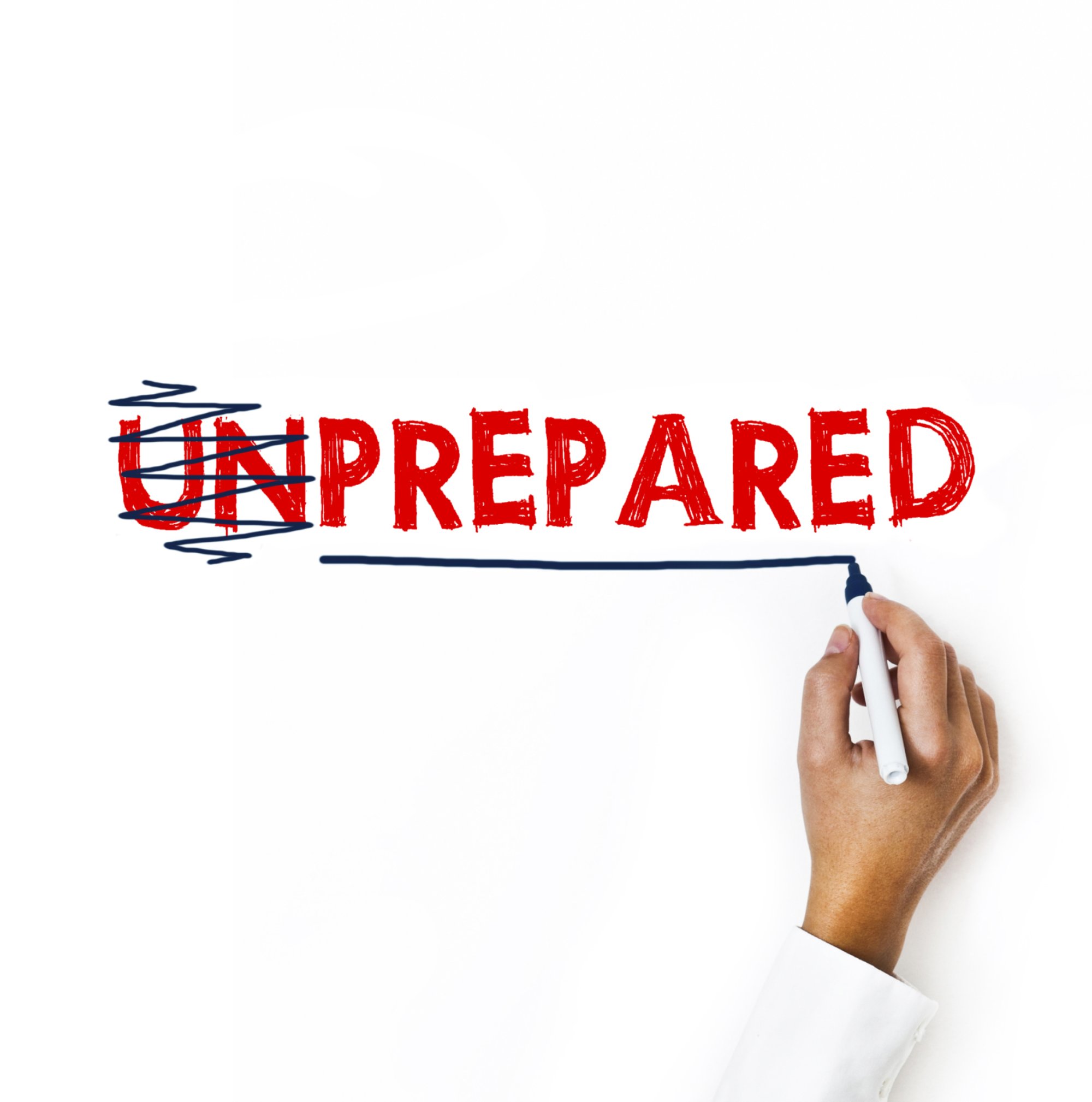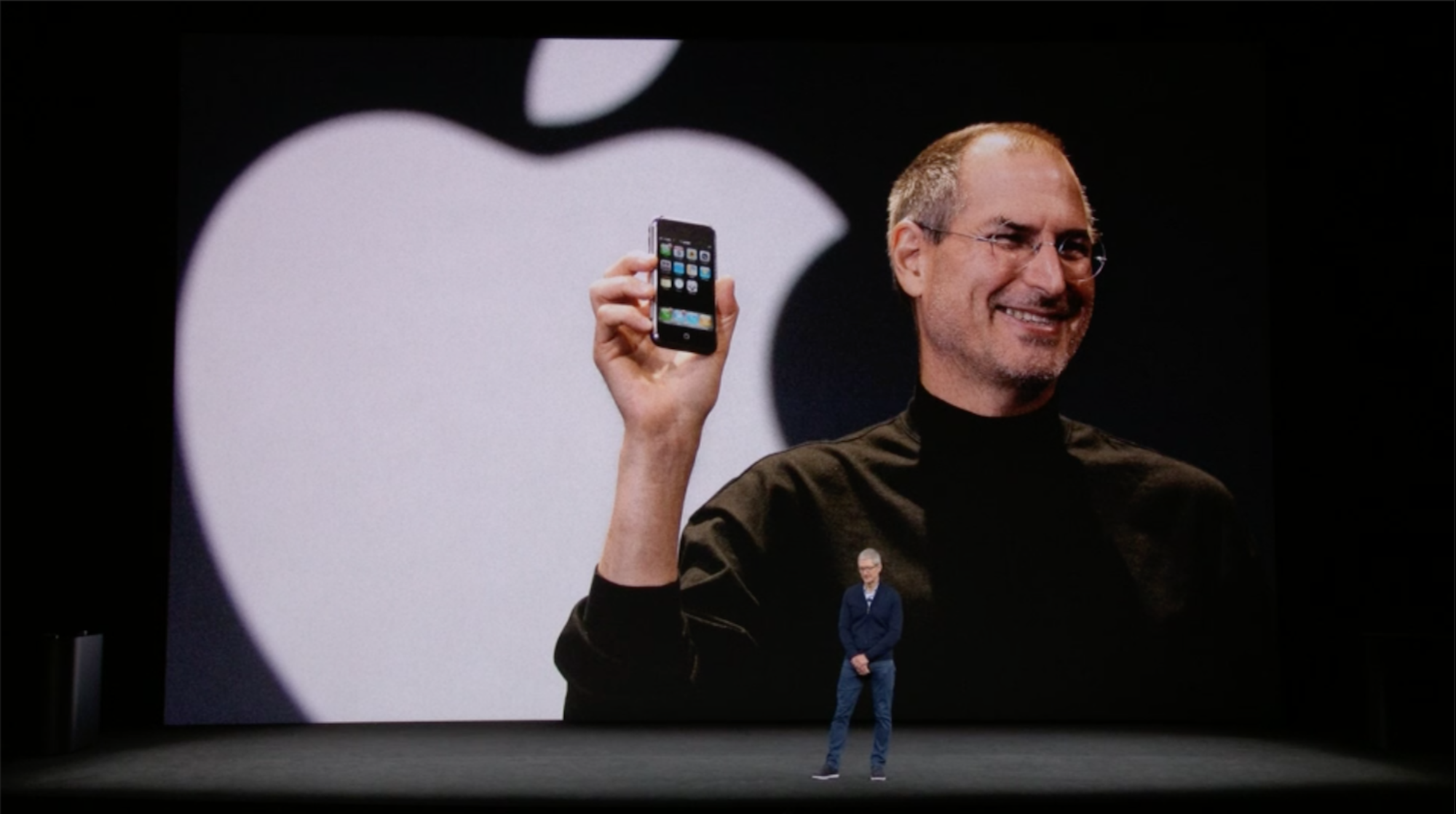Anyone who has served as a media spokesperson will know that doing an interview can feel like a high-stakes game of chess. You’re going back and forth with the reporter, trying to think three moves ahead at where the interviewer is trying to guide you. If you’re not careful, sometimes the path you’re being walked down puts you with your back in a corner and then…checkmate.
I’ve been fortunate to have been media trained by some of the best in the business and have done dozens of TV, radio and print interviews with some seasoned reporters in Canada, the US and abroad. What I’ve come to find is that interviewing is more like a dance, a blend of art and technique.
Tim Cook’s recent interview with ABC World News correspondent David Muir offers a textbook example of that perfect blend of art and technique unfolding live, on camera. Usually, we see only the 2-3 minute highlight reel of an interview on the evening news, but in this rare 30-minute, full interview we’re able to carefully watch the dance unfold and observe Cook employing some great strategies:
1. Sound bytes get printed
Journalists have a tough job. They’re up against deadlines and they’re trying to scoop other outlets. They’ll push hard but their ears are also open for juicy sound bytes that make their job easy. If you can serve these up on a platter, nine times out of ten they’ll often run with them.
Cook does a good job trying to plant some provocative sound bytes. On three occasions he refers to the backdoor Apple is being asked to build as “The software equivalent of cancer”. Did it work? Well just 5 hours after the piece was published, a quick Google search for this phase produced over 2,900 news with this sound byte in the headline.
Another one that stood out to me was, when pressed for a personal answer on whether Apple might be able to prevent a terrorist attack by breaking into that phone, he says: “David, some things are hard. And some things are right. And some things are both. And this is one of those things.” I can’t help but feel that Cook had this one on a shelf in the back of his brain, just waiting for the perfect opportunity to pull it out. And it worked, it’s clear ABC choose this moment for the 90-second stinger they put together for the segment:
2. Bridging to your key messages
One helpful strategy I learned in media training was to start by identifying the buckets for your key themes and messages and then using bridging statements to connect your response back to the talking points developed around these themes.
Bridging statements are phrases that help you redirect the conversation and get back on message. Examples include:
- “The most important thing…”
- “Here’s the real problem”
- “What I’ve said comes down to this…”
- “Before we leave this subject, I need to add…”
- “It all boils down to this…”
These statements can be your best friends if used properly as they’ll help you get out of sticky situations and re-focus.
Cook masterfully uses some of these examples along with others to bridge back to his key themes and messaging points.
Can you point out his three key themes? Well over the course of the 30-minute interview, he touched on ‘civil liberties’ 7 times, ‘public safety’ at 6 points, and on 5 instances he stated that “this case is not about one phone, this case is about the future”, almost verbatim.
A textbook example of how Cook uses a bridging statement to veer away from an area he doesn’t want to talk about is around the 25:50 mark when he’s asked about whether writing computing code should be protected under the first amendment. Screeeech. Pump the breaks! We don’t want to get side-tracked by a complex legal issue that will divert attention away from the key message and/or lose the audience. What does Cook do?
He bridges to avoid a direct response to the question:
“That’s up to the lawyers, honestly.”
And then he pivots back to his key messages:
“It’s not my primary focus. My primary focus (as I’ve said before) is on the customers that would then be vulnerable and the trampling on civil liberties.”
By clearly defining his themes, and consistently bridging back to them, Cook is able to control the direction of the interview and avoid getting taken off message and down a dangerous path. He takes the lead, guiding the direction of the story by teeing up follow up questions and laying breadcrumbs for Muir to follow.
3. Using the reporters name creates rapport
Dale Carnegie said that “a person’s name is to that person the sweetest and most important sound in any language”. Using a person’s name recognizes them as an individual and cultivates both respect and acceptance. The best communicators will use someone’s name whenever it is appropriate and often to emphasize a point.
Over the course of this 30-minute interview, Cook uses the reporter’s name 8 times! Notice how he often begins his answers with the reporter’s name when he’s answering a contentious question or when he is refuting an assertion made by the journalist.
4. Body language is bad
From a young age, we’re taught that active listening is a good thing. It shows the person you’re talking to that you’re engaged in the conversation, that you’re being attentive and that you understand what they’re saying. Active listening is typically a good practice…except when you’re doing an on-camera interview.
At one point, David pushes cook on whether there should be an exception made in this case because it’s a terrorist’s iPhone. One might be tempted to listen actively and nod your head, acknowledging and agreeing with the fact that the person is indeed a terrorist. It’s natural. But in b–roll clips, that body language could be misconstrued or taken out of context. What if instead of nodding maybe he started shaking your head so as to indicate that you don’t believe any exception could be made? That could be interpreted to mean that he was refuting that notion that this was an act of terror. It can be dangerous territory and remember, you don’t control the edit – the outlet does.
Instead, what does Cook do? He sits stoically, calmly, motionless. Only once the journalist’s finishes his question does Cook begin a thoughtful and deliberate response. In fact, if you watch the Apple CEO closely throughout the whole interview, he rarely uses any body language whatsoever until the end when he nods his head in agreement with Muir’s final comment.
5. Using analogies and keeping it simple
Apple is a master at taking complex ideas and communicating them in an incredibly simple and straightforward way. We see this time and time again over the years in the special events introducing new Apple products. A great example of this was the original launch of the iPod. Apple dispensed with the technical jargon and instead said simply that iPod allowed you to “put 1,000 songs in your pocket”. Here again Apple uses an easy to understand analogies when talking about encryption and software back doors.
As a technology company, what they could have said was: “[…]building software to root the secure hardware and software elements of the operating system would jeopardize the security of all iPhone devices”. But Cook knows his audience for this ABC broadcast are average Americans who don’t know what rooting means, or what a secure element is.
Instead, what Tim Cook said was something we can all understand and relate to as homeowners:
“No-one would want a master key built that would turn hundreds of millions of locks. Even if that key were in the possession of the person you trust the most. That key could be stolen.”
Or in the next example a few minutes later when describing why you couldn’t just create a backdoor in only one instance for one phone:
“Think of it like this. If you put a door in a house, it’s a lot easier to get in that house. It doesn’t matter whether it’s locked or not. Somebody can get in that”
But beyond the analogies Cook uses to break down complex topics, he keeps his language plainspoken throughout. Take for example the way he repeatedly uses ‘bad guys’ to describe the people who might exploit the backdoor.
When thinking about the words you use it’s important to remember that according to researchers, 42% of Canadian adults between the ages of 16-65 have low literacy skills. Unless you want to lose half your audience right off the bat, try and keep your language at a grade 6-7 level, ditch the technical jargon and connect your concepts to ideas people already understand.
6. Keeping your cool & having fun
Take it from someone who’s been in the hot seat many times that interviews are mentally, physically and sometimes emotionally taxing. You have to be on your A-game. It’s a test of patience and perseverance. A savvy reporter may try and ask the same question several times over or in different ways looking for you to give an inch so that they can go on to take a mile. Remember, they’re after the nugget that their competition doesn’t yet have. They may try to wear you down so that you slip up and get frazzled. We see Muir attempting some of these tactics here to try and get Cook to concede that maybe, just maybe there could be exceptions to the stance Apple had taken.
In these situations, it’s important that you stay calm and keep your cool just like Cook does throughout this interview. Just as a chip in the windshield can turn into a massive crack that can’t be repaired, loosing your cool in an interview even for a second can completely throw you off your game. Be slow and deliberate in your answers like Cook does. Don’t feel like you need to fill the silence. Think through your response before saying a word.
When it comes to getting the same question from umpteen angles, I know from experience that this might leave you feeling like you’re not being clear enough, like you should offer just a bit more detail, or that you’re being too boring or repetitive to the audience. But remember that very rarely will your whole interview be shown in its entirety. Most of it will be left on the (digital) cutting room floor. So stick to your messaging points and don’t worry if you feel like you’re recycling material.
Last, try and have fun. Instead of viewing your next interview as a chess match with the journalist as your opponent, think of it as a dance with the interviewer as your partner. You have to lead them, and if you do, they will follow.




